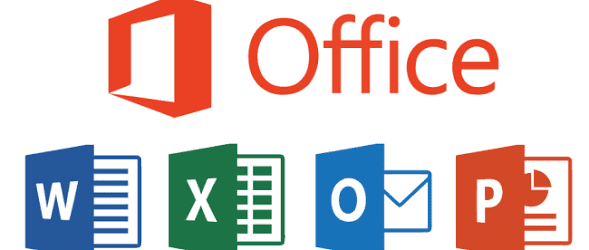Overview
Class Central Tips
Syllabus
Mobile Business Rankings & Analysis-The first module “Smart Device & Mobile Services Rankings & Products” focuses on the future trend of smart devices and mobile services based on rankings and products, which is followed by three important forecasts. First, a forecast of the global telecom terminal market (based on mobile devices, base stations, and telecom services are provided) is provided. Second, a forecast of the global wearable device market (based on smart watches, smart glasses, fitness bands and other wearable devices) is provided. Third, a forecast of the global mobile network equipment market (based on base-stations, small cells, core network, and the combined total value) is provided. In order to explain the forecast evaluation scale, the definition of CAGR (Compound Annual Growth Rate) is introduced in the market analysis. Next, a market analysis of the global market share based on market share by country (e.g., USA, China, India, UK, and Brazil), smartphone venders (e.g., Samsung, Apple, Huawei, and OPPO), and global mobile subscription technology (e.g., LTE, GSM, HSPA, CDMA, and TD-SCMA) are explained.




0 Comments